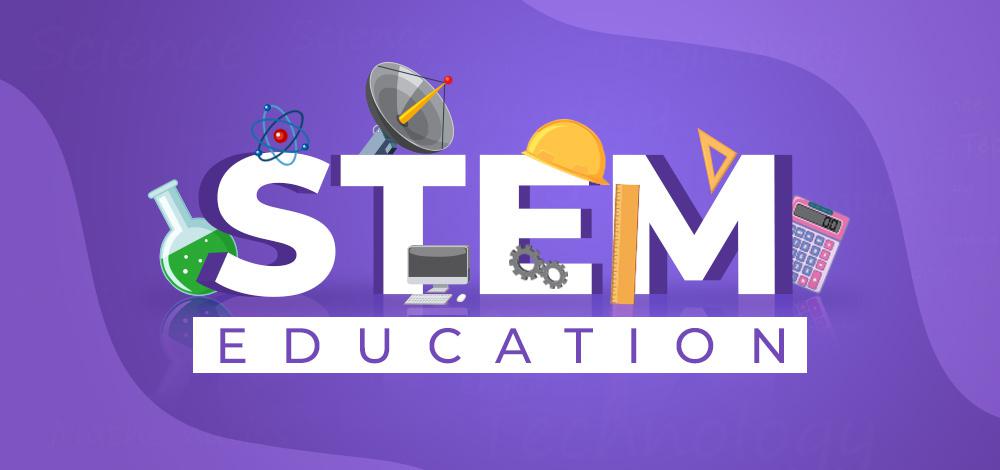
Remember the days of learning from flat, two-dimensional pictures in a textbook? While those images were helpful, they could never truly capture the complexity of a molecule or the elegance of a geodesic dome. Today, education is evolving, moving from passive learning to hands-on, immersive experiences. At the heart of this transformation is one of the most powerful tools available to educators: the 3D printer.
This isn’t just about printing plastic trinkets. The inclusion of 3D printers for schools is fundamentally changing how students learn, problem-solve, and prepare for the future.
One of the greatest challenges in a STEM classroom is making abstract ideas feel real. How do you teach about DNA sequencing without a model you can hold? Or explain complex architectural principles without building a prototype?
3D printing makes it all possible. It allows students to take a digital concept—be it a human heart, a planetary gear system, or an ancient artifact—and turn it into a physical object they can touch, examine, and interact with. This hands-on approach caters to all learning styles and transforms lessons from a lecture into an engaging discovery process. It’s no longer about memorizing facts; it’s about understanding and experiencing them in a tangible way.
At their core, STEM fields are about problem-solving and innovation. Traditional classrooms often focus on finding the single correct answer. 3D printing, however, encourages a different approach: the “maker” mindset.
When a student uses a 3D printer, they become an inventor. They design a solution, test it by printing a prototype, identify its flaws, and then go back to the drawing board to improve their design. This process of iteration and continuous improvement is exactly how engineers, scientists, and designers work in the real world. It teaches students resilience, critical thinking, and a sense of ownership over their projects. This creative freedom helps turn passive consumers of information into active creators of solutions.
The jobs of the future will require skills that go beyond traditional textbook knowledge. They’ll demand proficiency in digital design, rapid prototyping, and advanced manufacturing—all of which are core components of using a 3D printer.
3D printing is no longer a niche technology; it’s used across countless industries, from aerospace and medicine to fashion and construction. By introducing 3D printers for schools, educators are not just teaching a subject; they’re providing students with a direct bridge to a wide range of in-demand careers. Students who are comfortable with this technology will have a significant competitive advantage in a world where design and manufacturing are becoming more accessible and integrated than ever before.
Ready to bring this game-changing technology into your classroom? The first step is to find the right partner. The ideal STEM products supplier should be more than just a place to buy equipment. They should be a resource that understands the specific needs of an educational environment.
Look for a supplier that:
Investing in a 3D printer is one of the best decisions you can make for your STEM program. It’s an investment in a new way of learning, a new way of thinking, and a new generation of creators and problem-solvers. It’s time to take learning off the page and into the hands of your students.